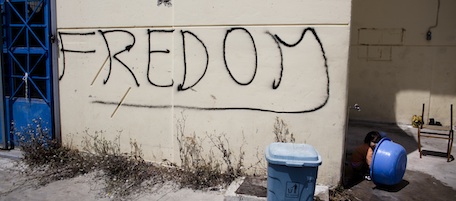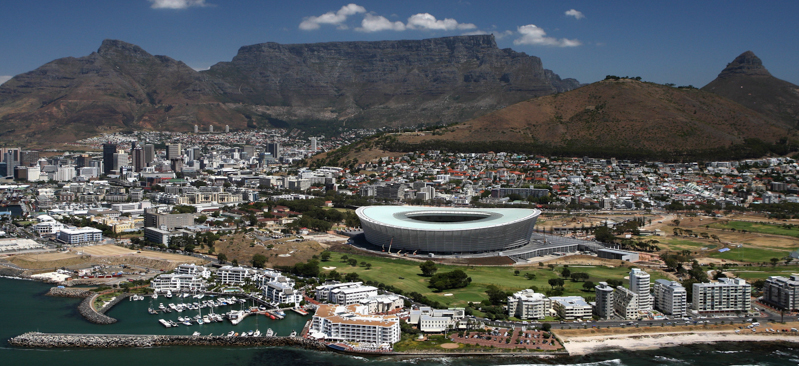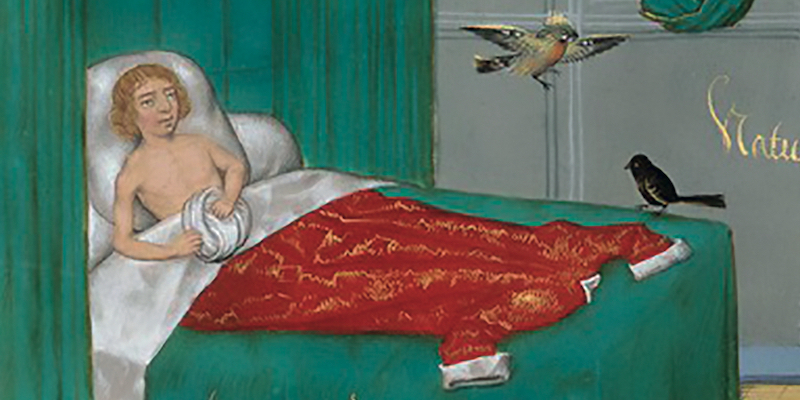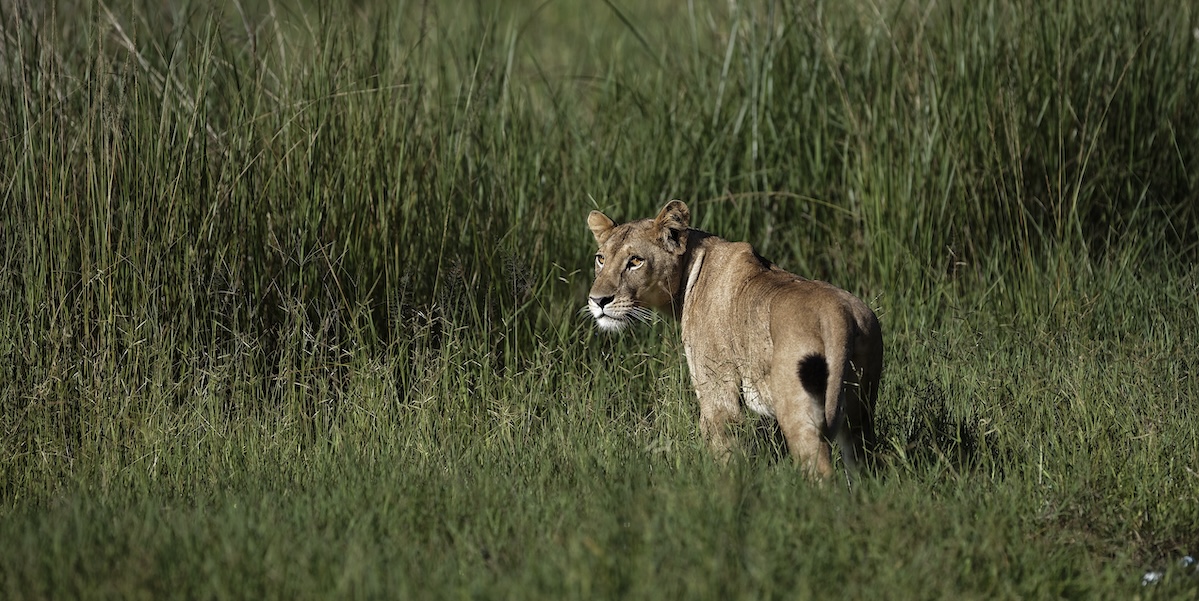Il muro tra Grecia e Turchia
Il piano del governo greco per fermare gli immigrati su una delle rotte più utilizzate per entrare in Europa

Il ministro degli interni della Grecia ha confermato ieri che il suo paese sta progettando la costruzione di un muro lungo 12 chilometri e mezzo sul confine che la separa dalla Turchia, allo scopo di prevenire e ostacolare l’ingresso nel paese di immigrati clandestini.
I territori di Grecia e Turchia si toccano in una porzione di terra all’estremo nord est del paese: quel confine – il confine di Evros – è usato molto spesso da immigrati di origine asiatica e africana per arrivare in Grecia e da lì dentro l’Unione Europea, soprattutto da quando la Spagna e l’Italia hanno sottoscritto accordi per il rimpatrio dei clandestini con diversi paesi africani. L’anno scorso, qualcosa come 128 mila immigrati clandestini è arrivato in Grecia. Di questi, 40 mila provenivano dal confine di Evros. Il confine tra Grecia e Turchia, su terra, è lungo più di 200 chilometri e di fatto costeggia un fiume. Il muro sarà posizionato nell’area da cui passano più immigrati, hanno detto alcuni funzionari governativi.
Il governo greco si è lamentato a lungo con la Turchia dei suoi carenti sforzi per combattere l’immigrazione clandestina, e ha molto criticato il rifiuto del governo turco di sottoscrivere accordi per il loro rimpatrio: secondo la Grecia, l’atteggiamento della Turchia è di fatto un incentivo a immigrare clandestinamente. Negli ultimi mesi, però, entrambi i paesi si sono promessi reciproca cooperazione. Il ministro degli interni, presentando il progetto del muro, ha chiarito che “non è un progetto contro la Turchia, bensì un progetto volto a rafforzare e semplificare la nostra collaborazione”.
Negli ultimi nove mesi, gli arrivi di immigrati clandestini in Grecia dal confine con la Turchia è aumentato del 369 per cento. La Grecia ha anche molti problemi a gestire queste persone, una volta che arrivano nel loro territorio: le sue leggi sull’asilo sono antiquate e molto criticate, e nei prossimi giorni dovrebbe essere approvata una riforma che creerà un’autorità indipendente preposta all’esame delle richieste di asilo e un servizio indipendente preposto alla supervisione dei centri detentivi temporanei. L’Unione Europea non ha però molta fiducia negli esiti del piano, almeno per quel che riguarda la costruzione del muro. Stando a quanto riporta Al Jazeera, un portavoce della commissione europea ha dichiarato che “reti e muri hanno già dimostrato di essere misure valide solo nel breve termine, che non forniscono alcun contributo strutturale alla gestione dei flussi migratori”.
foto Photo by Uriel Sinai/Getty Images



